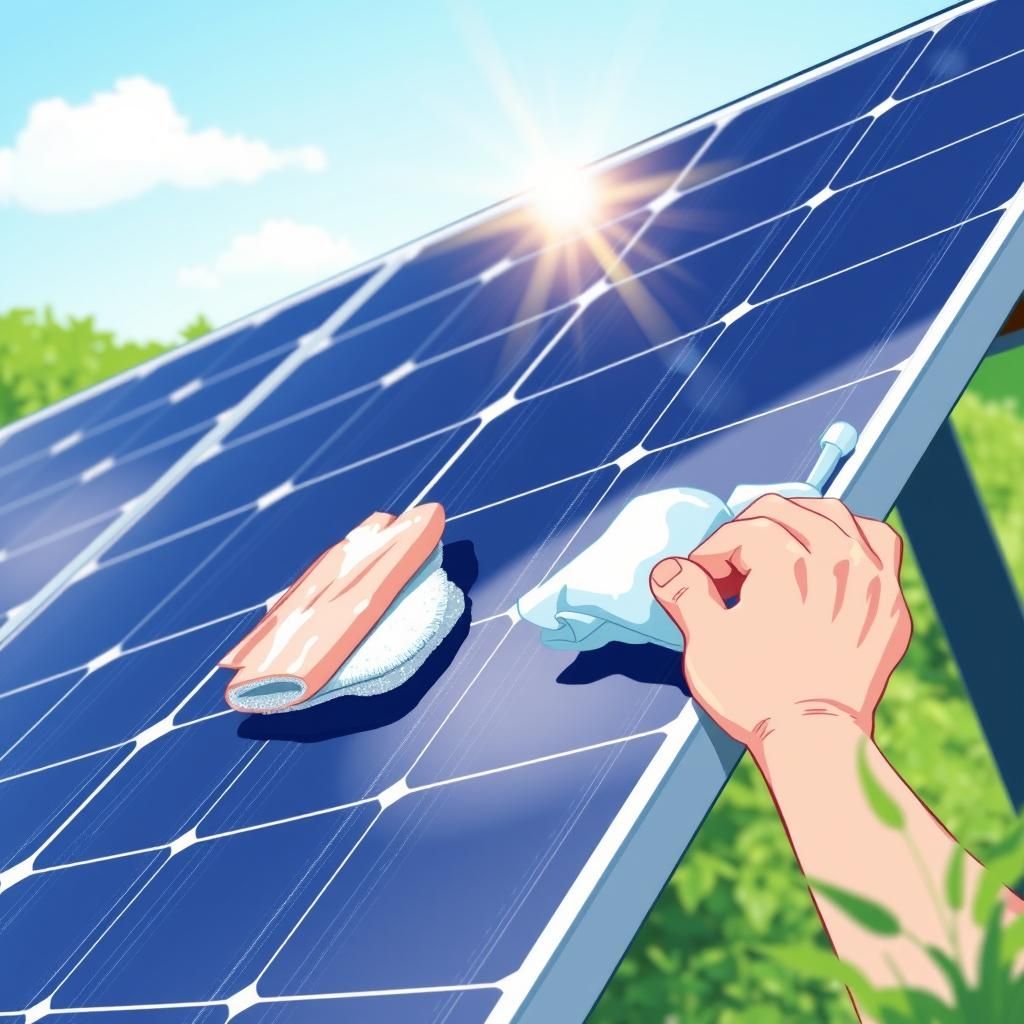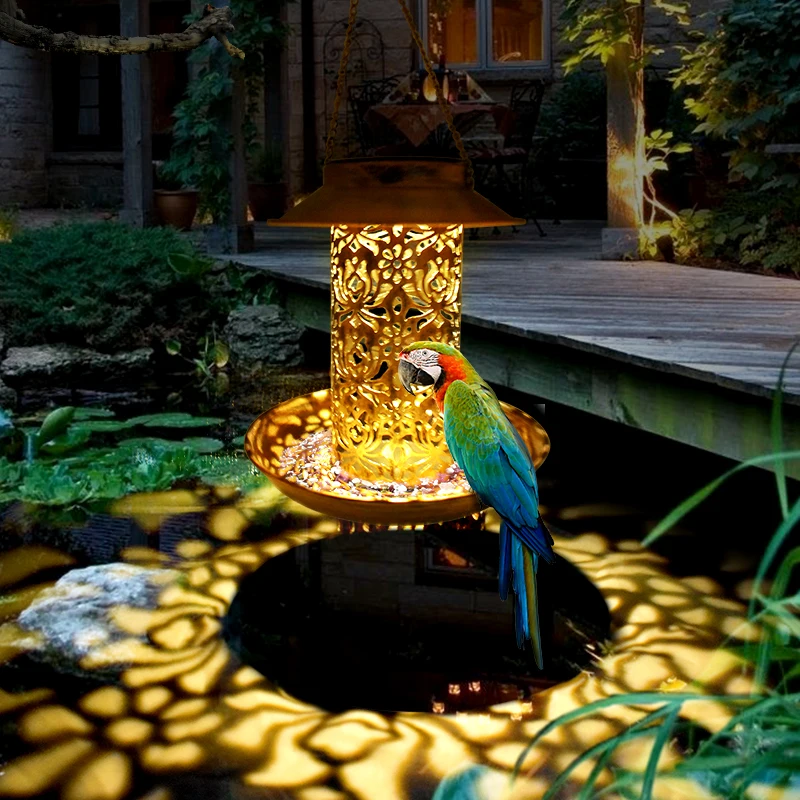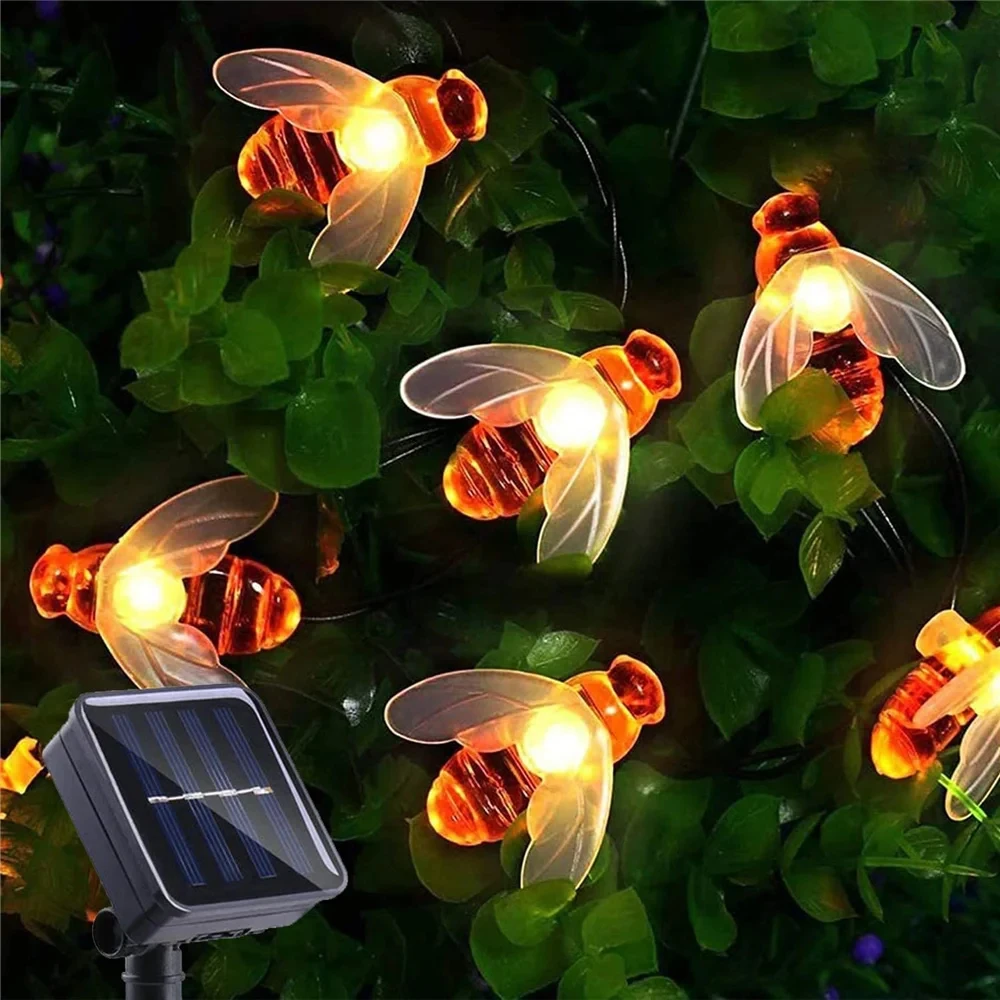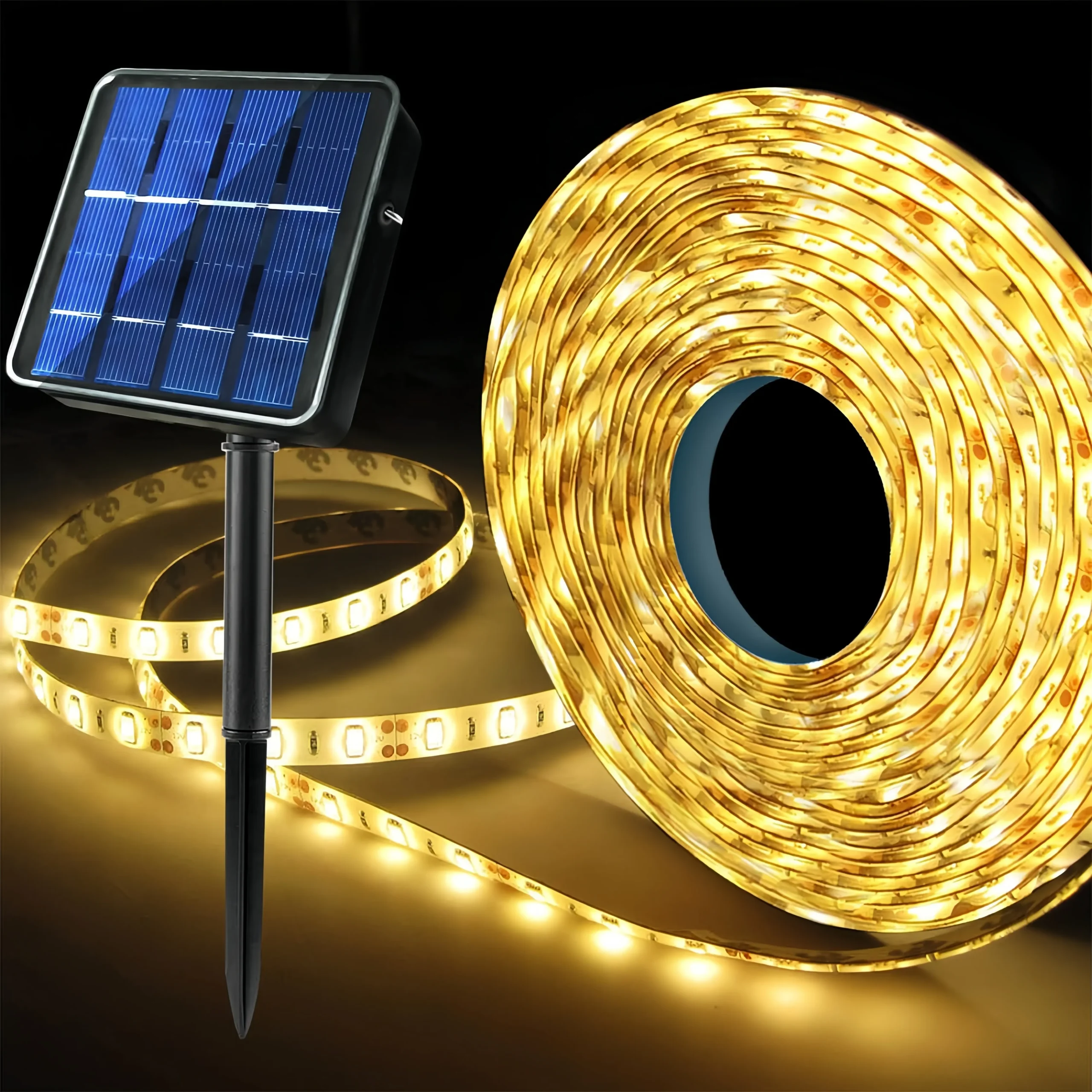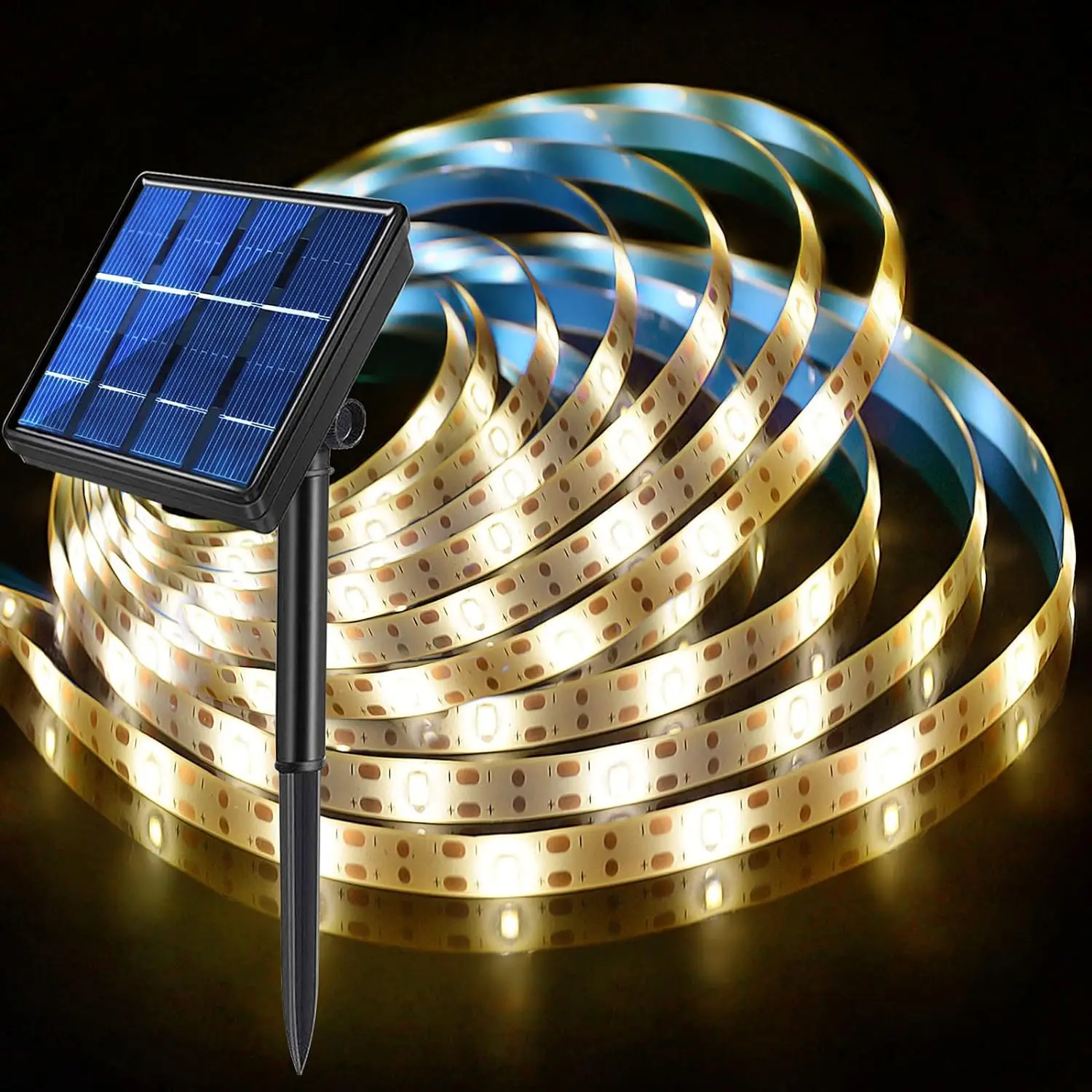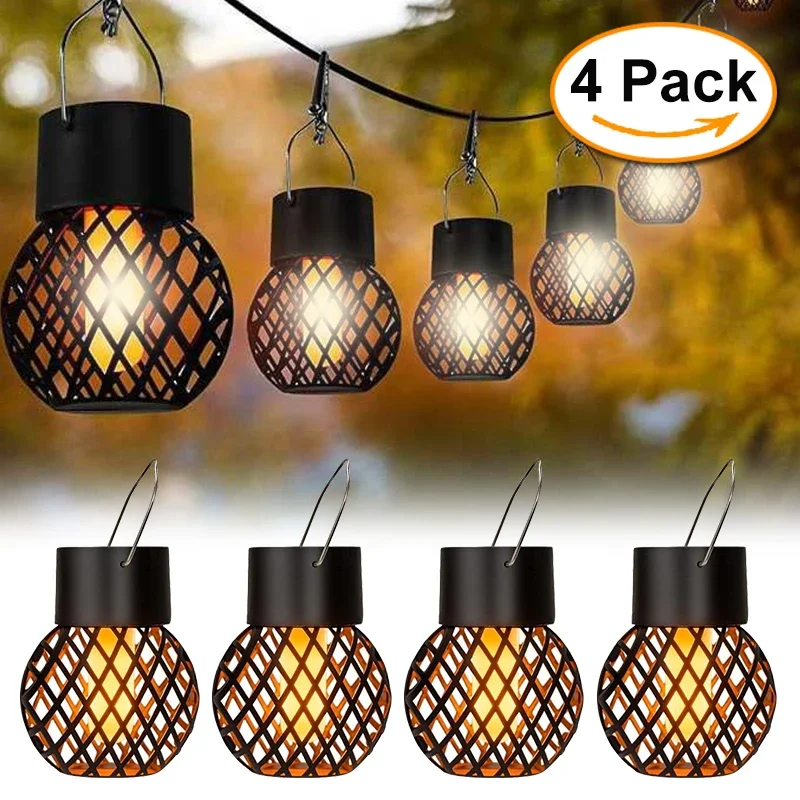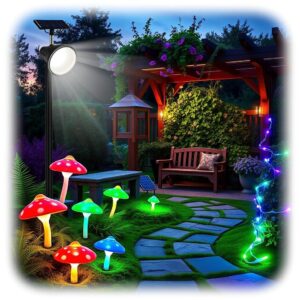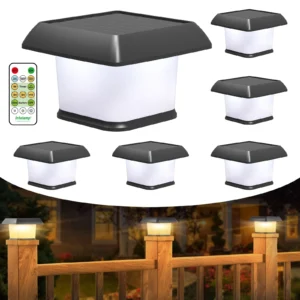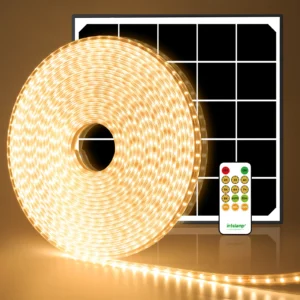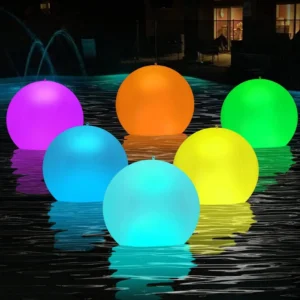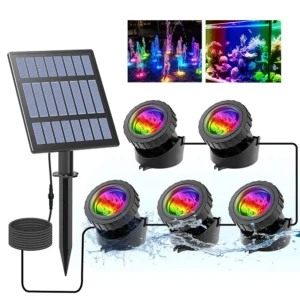Solar Light Bird Feeder – Outdoor Decorative Lamp and Bird Feeder
Understanding the Importance of Cleaning Solar Light Panels
Think of your solar panels as tiny energy catchers soaking up sunlight all day to power your garden’s evening glow. When those panels sit covered in dust, dirt, or grime, their ability to catch sunlight diminishes—sometimes by 20% or more. That’s a serious hit to the energy output, meaning your cozy yard lights might flicker dimmer or burn out sooner than they should.
Keeping the solar light panels clean isn’t just about appearances; it’s about efficiency. Every layer of dirt acts like a curtain, blocking precious rays and robbing your solar lights of the juice they need to shine bright through the night. Imagine trying to watch a movie through a smudged window—frustrating, right? Cleaning lifts that fog, revealing a clear path for sunlight to charge the batteries beneath.
The payoff? Your solar lights will perform at their peak, lighting up your garden with steady, reliable warmth. Proper care prolongs the life of your panels, sparing you from premature replacements and keeping your outdoor space glowing year after year. With a regular cleaning routine, you’re not just maintaining fixtures; you’re preserving the magic and comfort those lights bring.
In short, dirt and dust are the enemy of your solar light’s power. A quick wipe here and there keeps the energy flowing smoothly, making your solar garden a beacon of sustainable, simple beauty. So, a little upkeep goes a long way—ensuring your garden nights stay bright, inviting, and effortlessly eco-friendly.
Solar String Light 20 LED Cute Bee Fairy Light for Outdoor Decor
When and How Often to Clean Solar Light Panels
Keeping your solar light panels clean isn’t just about looks—it’s key to keeping them humming along efficiently. Dirt, dust, pollen, and other outdoor grime can settle on the panels, blocking precious sunlight and cutting your energy output by 20% or more. So when should you clear off that buildup? Here’s the straightforward answer.
Under normal conditions—think typical suburban yards or backyards with moderate exposure—a good rule of thumb is to clean your solar panels every few months. This schedule keeps them clear enough to soak up the sun’s rays and keep your garden glowing through the night without demanding too much of your time.
But if your solar lights live in a dustier environment, like near a busy road, construction site, or an area heavy with pollen during springtime, more frequent cleaning is wise. Monthly touch-ups help fight off dust layers and sticky pollen that accumulate faster in these settings. Likewise, if you notice grime after a storm or windy days, a quick wipe down will make a world of difference.
The climate around your home plays a quiet but important role in deciding your solar panel’s cleaning needs. Dry, dusty regions call for more frequent attention; places with the occasional rain may let nature do part of the job between your cleanings. High pollution areas might also require extra regular care to ensure panels aren’t cloaked under a film of soot or dirt.
Bottom line? Keep an eye on your panels every once in a while. If you notice a dullness, dirt spots, or grime that won’t wash away with rain, it’s time to get the cloth and mild soap ready. Regular, simple cleanings protect your solar lights from losing their sparkle and keep your garden’s magical glow alive and well, night after night.
Outdoor Solar Strip Light – 150 LEDs, 8 Modes, 16.4ft, Waterproof
Preparing for Solar Panel Cleaning
Before diving into the clean-up, a little prep goes a long way—not just for a sparkling panel but to keep you safe and your solar lights humming along efficiently. First things first: always turn off your solar light. It’s an easy but crucial step. Leaving it on during cleaning can risk electrical shorts or damage, especially if water or moisture sneaks in. Think of it as giving your panel a well-deserved break before the spa day.
Next, timing is everything. Avoid cleaning your solar lights during the blistering heat of midday. Panels can get quite hot under direct sunlight, and wiping a scorching surface might cause micro-cracks or warping over time. Aim for early morning or late afternoon when temperatures have cooled down—your solar panels will thank you for the gentle care.
Gather your simple toolkit. You don’t need fancy gadgets or harsh chemicals to bring back that gleam. Reach for soft cloths, gentle sponges, or soft-bristled brushes—think about what you’d use to clean delicate glass or a camera lens. The goal is to remove dirt without scratching or damaging sensitive surfaces. Avoid anything abrasive or rough.
As for cleaning agents, keep it mild. A few drops of gentle dish soap mixed with clean water create a safe and effective cleaning solution. Skip strong detergents, solvents, or acidic cleaners; they can degrade the protective layers on the panel or cause discoloration.
Finally, have clean water ready for rinsing off soap and grime. Distilled water is best if you have it on hand since it reduces the chances of mineral spots forming, but tap water usually works fine if you dry the panel promptly afterward.
With these steps, you’re set to clean your solar light panel safely and effectively—ready to restore its sun-catching power without fuss or risk. Simple, smart preparation is the foundation for a long-lasting glow in your garden’s solar-lit nights.
Halloween Solar Wind Chimes with 6 LED Pumpkin Lights – Waterproof
Step-by-Step Guide to Clean a Solar Light Panel
Cleaning your solar light panel doesn’t have to be complicated—just some simple, straightforward steps that keep your lights shining bright and working efficiently. Here’s how to do it right.
Step 1: Turn Off the Solar Light
Before you get started, flip the switch to turn off your solar light. This prevents any accidental shocks and ensures you don’t damage the internal components while scrubbing away dirt.
Step 2: Prepare a Cleaning Solution
Mix a little mild dish soap or gentle detergent with lukewarm water. You don’t need anything fancy—just enough suds to loosen up the dirt without being harsh on the panel’s surface.
Step 3: Dampen a Soft Cloth or Sponge
Dip your soft cloth, sponge, or soft-bristled brush into the soapy water. Squeeze out any excess so it’s damp but not dripping. This helps you clean without flooding the panel or surrounding wiring.
Step 4: Gently Wipe or Scrub the Solar Panel
Now, here’s where the magic happens: wipe the solar panel with gentle, even strokes. Don’t press too hard—these panels are delicate, and rough scrubbing can cause scratches or damage the glass. Focus on removing dusty patches, bird droppings, and grime that block the sun’s rays.
Step 5: Rinse Carefully with Clean Water
Grab a clean cloth or use a light spray—nothing forceful—and rinse away the soapy residue. Avoid blasting the panel with high-pressure water, which can seep into the electronics and cause trouble. A gentle rinse clears away soap while keeping everything safe.
Step 6: Dry with a Soft, Dry Cloth
Finally, pat the solar panel dry using a soft, lint-free cloth. This prevents water spots that can dim light absorption and ensures your panel looks pristine. Let the panel air dry fully before switching your solar light back on.
Following these simple steps regularly will keep your solar light panels gleaming and operating at their best. Clean panels soak up the sun’s energy like little champions, charging up your garden’s glow evening after evening. It’s a quick bit of care that pays off in steady, sustainable brilliance.
Solar Light Moon Fairy Lamp for Outdoor Garden Decoration
Safe Solar Panel Cleaning Methods to Avoid Damage
When it comes to cleaning your solar light panels, playing it safe is the smartest move. These panels are designed to soak up the sun’s energy, but they’re also delicate. Using the wrong cleaning tools or chemicals can scratch, dull, or even harm their ability to perform. Here’s how to avoid common pitfalls—keeping your panels spotless without risking damage.
First off, steer clear of anything abrasive. Metal scrapers, wire brushes, or rough scouring pads might seem like a quick fix for grime, but they’re harsh on the panel’s surface. A single scratch can weaken the protective layer, reducing how much sunlight the panel absorbs and hurting its efficiency. Instead, opt for soft cloths, gentle sponges, or soft-bristled brushes that gently lift away dirt and dust without scratching the glass or plastic.
Next, be choosy about your cleaning solutions. Harsh chemicals are a no-go. Avoid anything acidic, ammonia-based, or solvent-heavy—they can erode the panel’s surface, leach into its components, and cause long-term damage. Mild dish soap mixed with water is your best friend here, offering enough cleaning power without aggression. If you want a natural alternative, a diluted vinegar solution can work in a pinch, but make sure to rinse it off thoroughly to prevent any residue buildup.
Pressure washers and aggressive scrubbing techniques? Better left to driveway cleaning. The force of high-pressure water can damage seals around the panels or push water into sensitive electronics. Instead, use gentle hand rinsing and soft wiping motions to keep the panel’s surface intact.
By sticking to soft materials, gentle cleaners, and careful rinsing, you preserve the panel’s surface like a pro. Your solar lights get to keep soaking up the sun’s rays efficiently, lighting your space as intended. Think of this careful cleaning as a quiet handshake with nature—a respectful act that lets your solar lights shine bright and last longer without a fuss.
5m Solar LED Strip Light – 150 LED, Waterproof, Cuttable
Common Solar Panel Cleaning Mistakes to Avoid
Cleaning your solar light panels might sound straightforward, but a few missteps can quickly undo your good intentions. Avoiding these common mistakes keeps your panels shining bright and performing efficiently season after season.
First off—never clean solar panels during the hottest part of the day. When panels are baking under the noon sun, their surface gets hot enough to warp or crack if exposed to sudden cold water or vigorous scrubbing. Instead, opt for early mornings or late afternoons when the temperature has cooled down. This simple timing trick protects your panels from thermal stress and makes cleaning easier.
Another slip-up is using abrasive tools or harsh cleaning agents. It might be tempting to grab a scrubbing brush or aggressive cleaner to blast away stubborn grime, but this only risks scratching or dulling the delicate solar surface. Avoid metal scrapers, rough brushes, abrasive cloths, or any chemicals containing ammonia, acids, or strong solvents. Mild soap and water, or a gentle vinegar solution if needed, do the job safely and effectively without damaging your panels.
Applying too much pressure is a mistake that often flies under the radar. Solar panels are built tough, but their glass-like surface can scratch or crack under forceful cleaning. Use light, steady strokes with a soft cloth or sponge instead. Think of it like dusting fragile glass furniture, not scrubbing a grill—gentle wins the day.
One of the most overlooked but essential steps is turning off your solar light before cleaning. Leaving the system powered during cleaning can be risky, especially if water seeps into sensitive spots or if you accidentally short-circuit components. Switch off or disconnect the unit first for your safety and to protect the electronics.
Finally, don’t let too much time slip between cleanings. Dirt, dust, pollen, and even bird droppings build up steadily, cutting down how much sunlight your panel absorbs. This buildup can reduce energy output by 20% or more, making your solar lights dimmer and less reliable. Stick to a routine cleaning schedule based on your local environment to keep the magic glowing bright.
By steering clear of these mistakes, you’ll keep your solar light panels happy and humming, lighting your evenings with ease and eco-friendly grace.
LED Outdoor Flame Effect Hanging Lantern – Solar Garden Light
Additional Solar Light Maintenance Tips for Long-Term Performance
Keeping your solar lights shining bright isn’t just about the occasional wipe-down; it’s a simple routine that can save you headaches and keep your garden glowing season after season. After all, even the best solar panels aren’t immune to the everyday grime, weather wear, or little knocks life throws their way.
First off, make it a habit to regularly inspect your solar lights for any physical damage. Cracks, chips, or loose parts don’t only look messy—they can seriously undermine performance. A small fracture on the panel can let moisture in or reduce how much sunlight the panel absorbs, slashing the energy your light can store for the night. So, a quick glance every few months can catch trouble before it starts.
Timing your cleaning matters too. Avoid the blistering heat of midday. Those hottest hours can make the panel itself hot to the touch and drying any moisture too fast, which might leave streaks or spots. Instead, aim for early morning or late afternoon when the sun is gentler. This way, your cleaning efforts really shine as solar magic, and your hands stay comfortable.
Don’t stop at just the panels. Give the whole fixture a little love while you’re at it. Wipe down the body, check battery compartments if accessible, and clear leaves or debris from mounting spots or sensor areas. These small touches help your solar light work smarter and last longer.
Last but not least, consider the larger picture—the environment around your solar lights. Dusty conditions, blooming seasons heavy with pollen, or neighborhoods with pollution all mean your panels may need more frequent cleaning. A monthly top-up clean in these situations is worth the extra effort. It keeps layers of grime from piling on and sapping your lights’ energy.
In short, a little regular attention goes a long way. Solar lights glow best when they’re cared for thoughtfully, turning your garden into a cozy, eco-friendly retreat that welcomes you home every evening.

